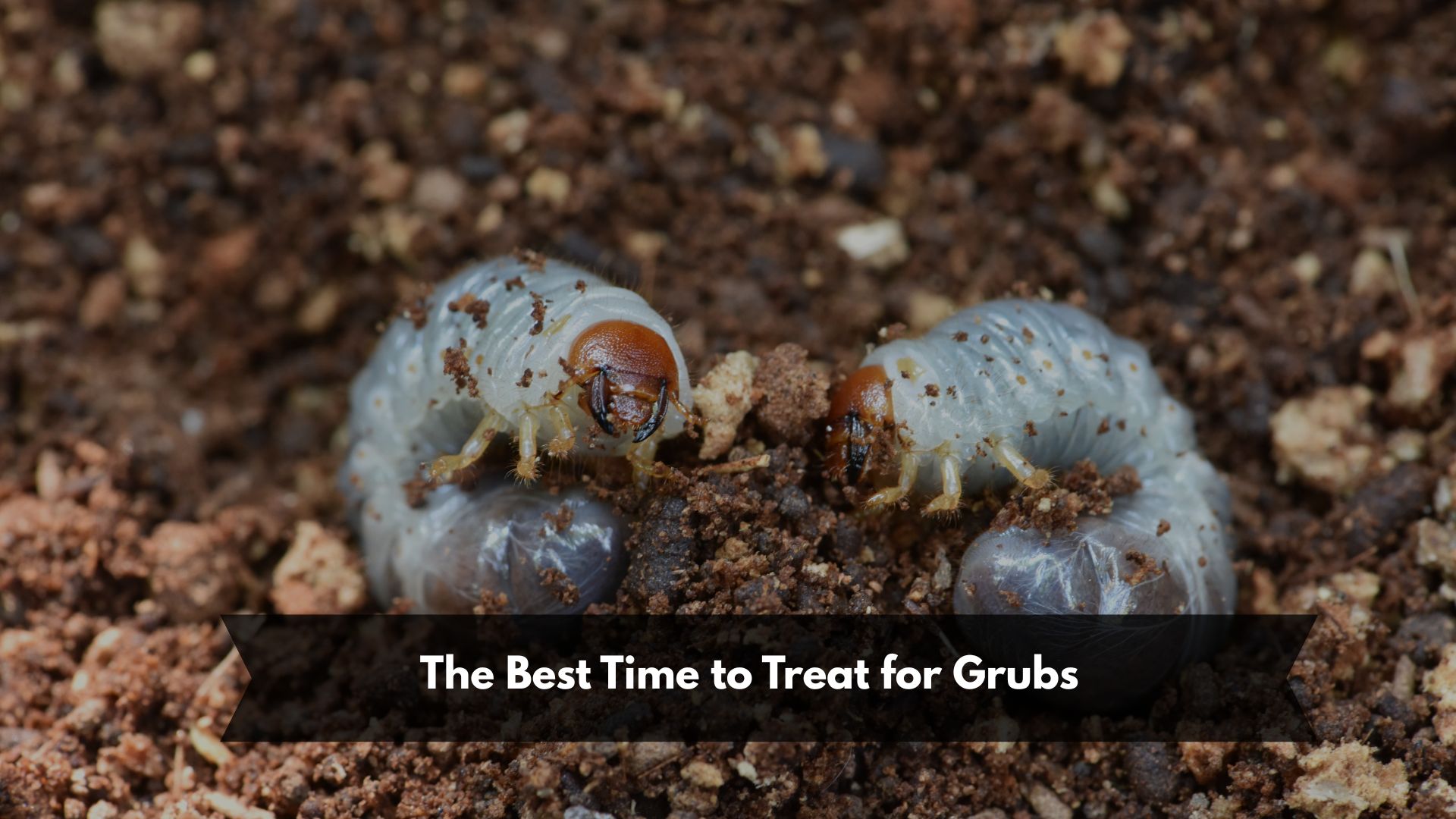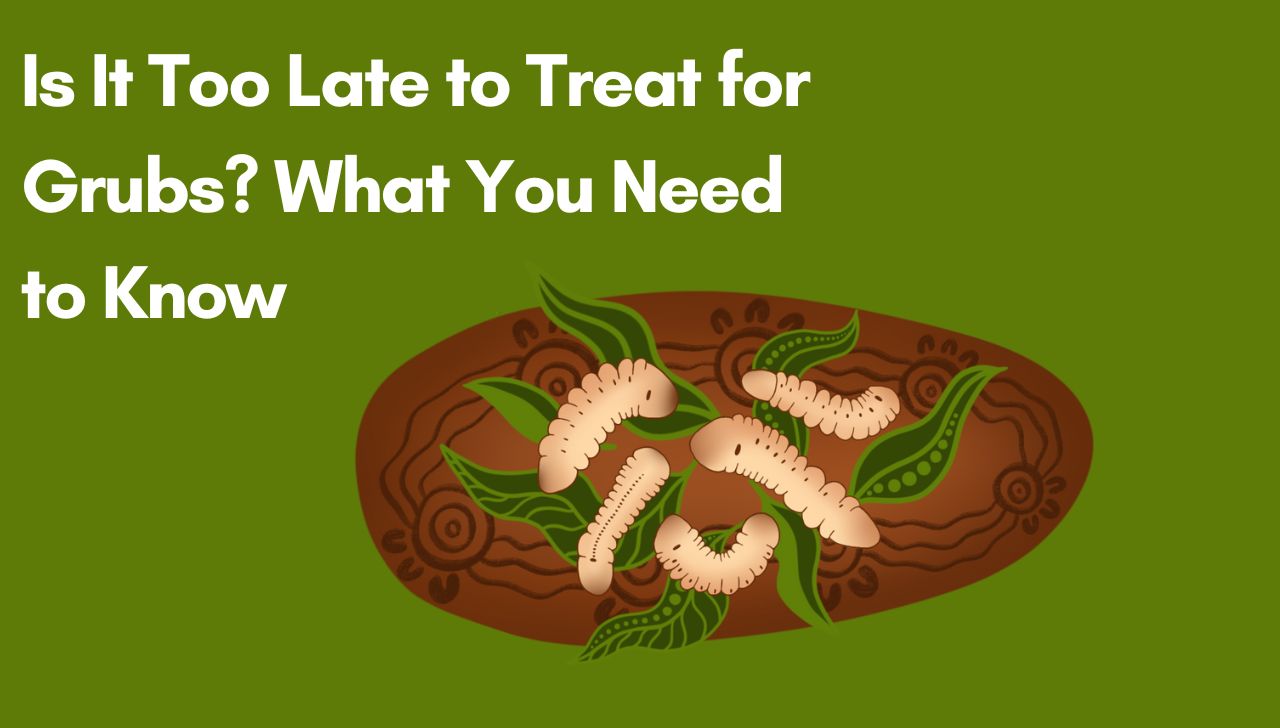When it comes to lawn care, grubs are often the silent villains lurking beneath the surface. You might not notice them at first, but their damage can quickly turn your lush, green lawn into a patchy mess. If you’ve recently spotted signs of grub activity—or if you’re worried it might already be too late to act—this guide will walk you through what you need to know about treating grubs and protecting your lawn, even if you’re a bit behind schedule.
Understanding Grubs and Their Impact on Your Lawn
Before jumping into treatment strategies, it helps to know what grubs actually are. Grubs are the larval stage of several beetle species, such as Japanese beetles, June bugs, and European chafers. These creamy-white, C-shaped larvae live underground and feast on grassroots. This feeding weakens the grass, causing it to become brown, dry, and prone to pulling up easily.
Why does this matter? Because healthy roots anchor grass firmly, help it absorb nutrients, and keep your lawn looking vibrant. When grubs munch away, they essentially sabotage your lawn’s foundation, making it vulnerable not only to drought but also to other pests like raccoons, skunks, and birds that dig up the turf looking for a grub snack.
The takeaway? If you let a grub problem fester, you’re not just dealing with ugly patches—you’re risking a much bigger lawn disaster.
Signs That Indicate a Grub Problem
Spotting a grub infestation early can save you a lot of headaches. But grubs don’t exactly wave a white flag. Here are some common clues that tell you grubs might be the culprit:
- Brown or Dead Patches of Grass: These spots can sometimes look like drought stress, but if watering doesn’t revive the grass, grubs may be to blame.
- Turf That Pulls Up Easily: If you can peel back the grass like a carpet, it’s often because the roots are damaged by grub feeding.
- Increased Wildlife Activity: Birds, skunks, raccoons, and even moles might be digging up your lawn searching for grubs.
- Presence of Grubs: You can confirm by digging a small patch (about a square foot) several inches deep and checking for the larvae.
Keep in mind, some of these signs overlap with other lawn issues, so it’s wise to verify before starting treatment.

The Best Time to Treat for Grubs
Here’s the thing: timing matters a lot when it comes to grub control. Typically, the most effective time to treat grubs is late summer to early fall. Why? Because grubs are young and actively feeding near the soil surface then, making them more vulnerable to insecticides or natural treatments.
Spring treatments can sometimes work, but they’re generally less effective since the grubs are smaller or still developing. In mid to late fall, grubs tend to move deeper into the soil to overwinter, making it harder for treatments to reach them. So, if you’re in that sweet spot of late summer or early fall, you’ve got the best shot at knocking out grubs before they wreak havoc.
Is It Too Late to Treat for Grubs Now?
If you’re reading this outside the ideal window—say, late fall or even early winter—you might be wondering, “Is it too late?” The answer isn’t a simple yes or no; it depends on a few factors:
- How Severe Is the Infestation? If the damage is just starting and you’re noticing early signs, you still have some wiggle room to apply treatment and prevent further destruction.
- Local Climate and Soil Conditions: In warmer climates, grub activity might linger longer, meaning you could still treat effectively later in the season. Conversely, in colder regions where grubs have already burrowed deep to hibernate, treatments may have limited impact until spring.
- Type of Treatment Available: Some treatments are designed for active feeding stages, while others work preventatively or on dormant grubs. Your choice here can influence whether late treatment will help.
Honestly, if your lawn looks patchy and the grub problem is clear, waiting without doing anything will only worsen the situation. While treatments may not be as effective as in prime timing, applying control measures now can reduce grub populations and limit damage next season.
Effective Treatment Options for Late-Stage Grub Infestations
So, you’re past the ideal treatment window—but don’t panic. There are still ways to tackle grub infestations, though it requires a slightly different approach:
- Contact Insecticides: These products kill grubs on contact but need to be applied when grubs are near the surface. In late infestations, grubs may be deeper, so water the lawn thoroughly after application to help the insecticide reach them.
- Systemic Insecticides: These are absorbed by grass roots and target grubs feeding on them. They can offer some control even when grubs are deeper in the soil.
- Biological Treatments: Products containing beneficial nematodes or milky spore bacteria attack grubs naturally. Nematodes can be effective even in cooler conditions if applied correctly, but they need moisture to thrive.
- Cultural Practices: While not a direct treatment, practices like aeration, overseeding, and proper fertilization help your lawn recover from grub damage and make it less inviting for future infestations.
If you’re dealing with a serious infestation, sometimes a combination approach works best. Think of it like fighting a stubborn weed patch—you often need a few different tactics rather than a single quick fix.
How Treatment Timing Affects Lawn Recovery
Here’s where patience really comes into play. The timing of your treatment doesn’t just influence how many grubs you can kill—it also affects how fast your lawn bounces back.
Treating early means less root damage and a quicker recovery. You can often see improvement within a few weeks as your grass regains strength. But treating late means the damage is already done, so your lawn might take longer to heal, possibly even needing re-seeding or more intensive care.
Still, don’t let that discourage you. Even if your lawn looks rough now, consistent care post-treatment can revive it. Watering deeply, avoiding heavy foot traffic, and applying lawn food at the right time all contribute to a comeback.
Conclusion
At the end of the day, grubs are a nuisance, but they’re manageable—especially if you stay alert and act quickly. Whether you caught the problem early or are dealing with a late-stage infestation, it’s never truly “too late” to try.
If your lawn is showing signs of grub damage, start with an inspection to confirm. Then, pick a treatment tailored to your timing and severity. Remember, your lawn isn’t just dirt and grass; it’s a living system that responds to care and effort. So, roll up your sleeves, and don’t let those grubs turn your yard into a disaster zone.
And hey, if you’ve ever battled grubs before, you know the feeling—the frustration of watching your prized lawn suffer. But with the right approach and a bit of patience, you can bring your lawn back to life, one grub-free day at a time.

